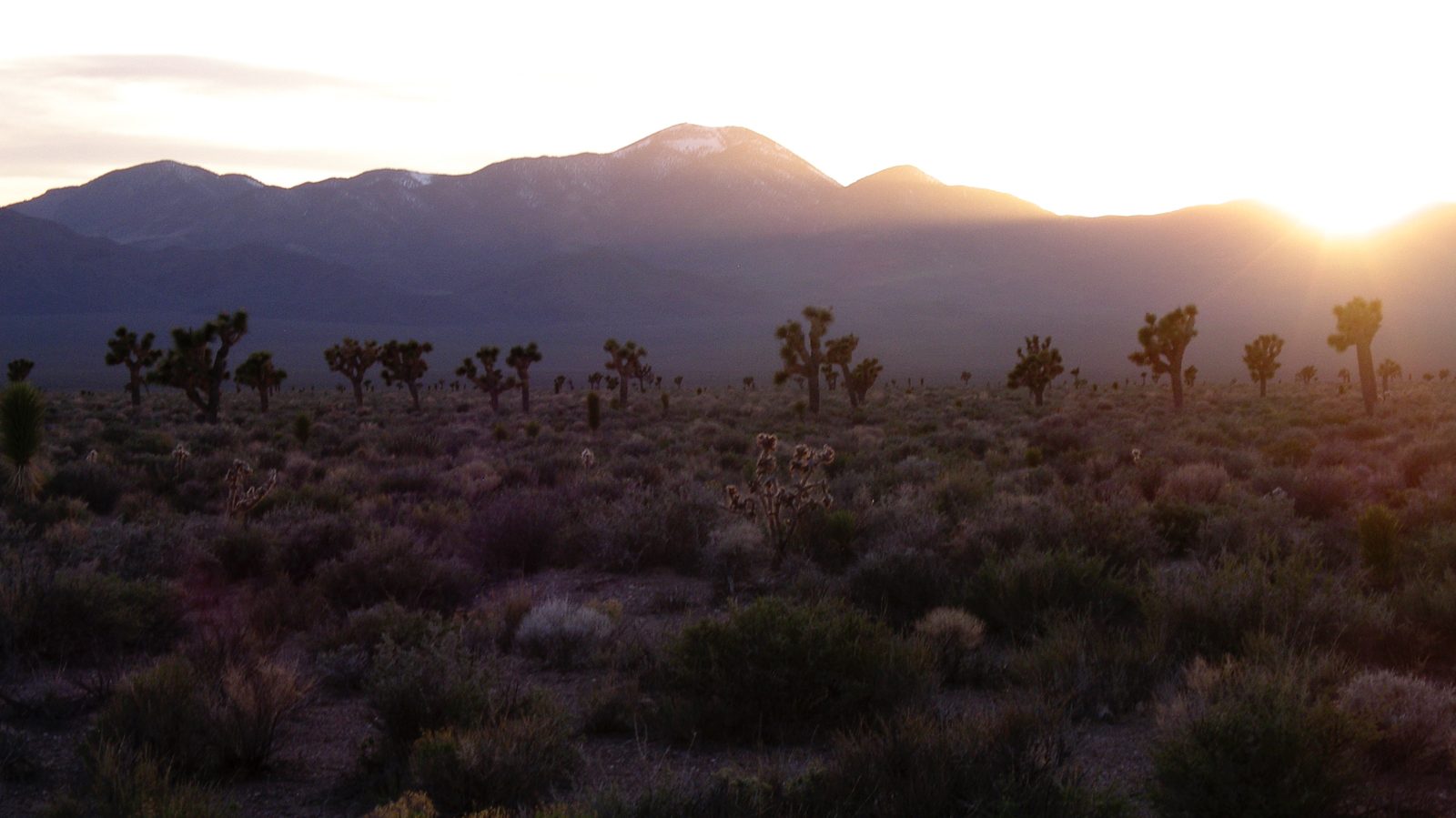Plant physiology, the key to understanding how Joshua trees could adapt to a warming world

Karolina Heyduk is a postdoctoral researcher at the University of Georgia, and a co-PI on the Joshua Tree Genome Project. Karolina studies comparative genomics and the physiology of photosynthesis (Karolina Heyduck)
This is a post by JTGP collaborator Karolina Heyduck, a postdoctoral researcher at the University of Georgia.
Our Joshua tree proposal has been submitted to the National Science Foundation! Now we wait to hear if we’re granted to green light to study sources of adaptation in these remarkable desert species.
So what does “adaptation” mean anyway?
Adaptation refers to the process by which species over time acquire traits that allow them to succeed in a given habitat. A habitat includes both biotic elements – herbivores, pollinators, and pathogens – as well as abiotic phenomena like water availability, nutrients, light intensity, and temperature. Our research team is interested in both aspects. We suspect both pollinators and environment (temperature and water availability) are playing a role in Joshua tree speciation and adaptation, but we hope to test this with help from the NSF. Plant species that have become especially adapted to their environment didn’t arise in a single generation; instead, over many years, plants have passed down traits to their offspring that allowed these species to survive and thrive in tough conditions. However, when these abiotic environments change quickly – for example, due to climate change – plants may not be able to adapt fast enough, especially if they are long-lived with many years between generations.
For Joshua tree, which can live over 100 years, adapting to their changing climate will be critical to their survival. Joshua trees are already showing signs of trouble (check out this National Geographic article on them), and the Mojave is only expected to become warmer, forcing Joshua trees to either adapt or die. Currently Joshua trees are found across both high elevation (cooler) and lower elevation (warmer habitats). In both of those elevational levels, we also find Joshua trees in drier and wetter habitats. We might hypothesize that those Joshua trees already found in the hottest and driest habitats might survive best in the future, but we simply do not know. One big goal of our NSF grant will be to screen populations from different habitat types for traits that will help them succeed in the changing Mojave. But how do we do that?

We will measure chlorophyll fluorescence with a fluorometer to determine photosynthetic efficiency and overall plant stress. (Wikimedia Commons: Felipe Jo)
Our first step will be to collect seeds from different populations across both high/low elevations and with varying degrees of rainfall. We will grow these seedlings and plant them in gardens across the Mojave desert. Once they stabilize, we begin screening them for a long list of characteristics relating to water use efficiency and photosynthesis – two huge traits when it comes to desert survival. Water use efficiency refers to how much water a plant loses for every molecule of CO2 is gains. Plants take in CO2 through their open stomata, tiny pores on the surface of the leaf, but stomata also allow water vapor to escape from the leaves. This loss of water to the atmosphere is important for plants to pull water from the soil, forming a suction force like when you drink from a straw, but too much water loss in the desert can be deadly. Plants can minimize water loss by closing stomata, but this must be balanced by the need to take in atmospheric CO2 for sugar production. Photosynthesis is also important for plant survival, but can be impaired by extreme temperatures and a lack of water (Figure 1).
Measuring these traits will take us a while, and can only be done with the help of both undergraduate students and citizen scientists. Once we’re done measuring our traits of interest, we can begin to determine which Joshua tree populations are most flexible – and therefore might be the quickest to adapt – to changing environmental conditions. Understanding how Joshua tree physiology interacts with their habitat is critical for our understanding of how to help this magnificent species persist into the future

You must be logged in to post a comment.